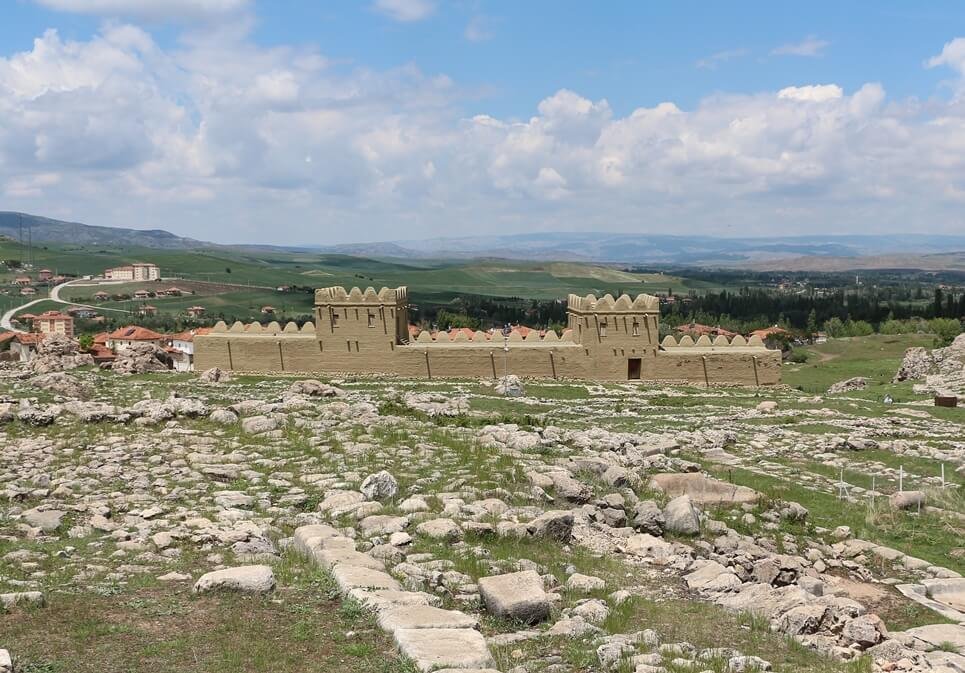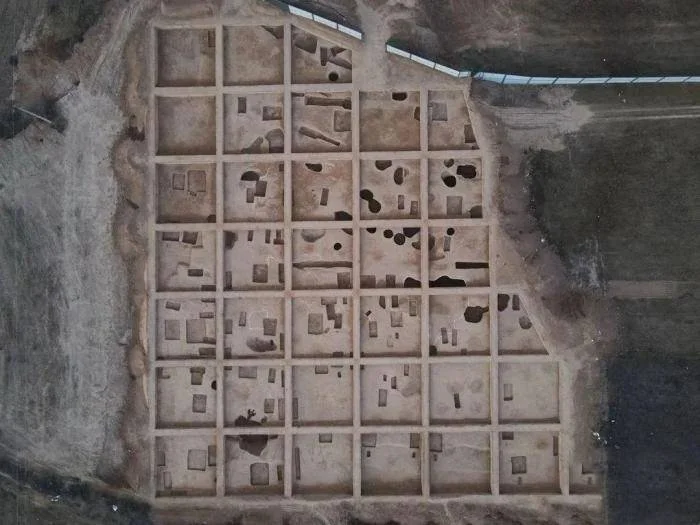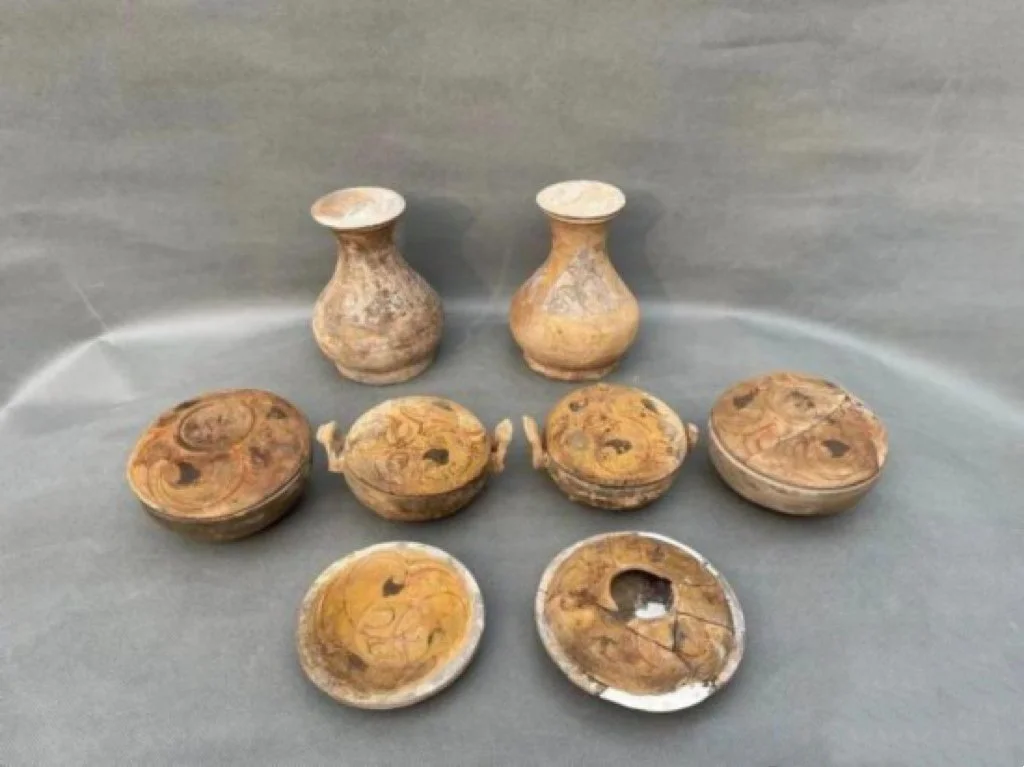BY THE ARCHAEOLOGIST EDITOR GROUP
During recent digs in Turkey, archaeologists have learned a previously undiscovered ancient language from an ancient tablet.
A public research university in Germany named Julius-Maximilians-Universität Würzburg claims that the extinct tongue is a member of the Indo-European family, which includes a large number of closely related languages that are all believed to have originated from a single prehistoric progenitor.
At the UNESCO World Heritage Site of Boazköy-Hattusha in Turkey's northern Orum region, a ritual text written on a tablet led to the identification of the most recent Indo-European language. The Hittite Empire, one of the great powers of the Near East during the Late Bronze Age, probably between 1650 and 1200 B.C., originally had its capital at Boazköy-Hattusha.
For more than a century, Boazköy-Hattusha has been the site of excavations overseen by the German Archaeological Institute (DAI).
According to the Julius-Maximilians-Universität Würzburg, some 30,000 clay tablets have been discovered at the site so far, which have provided insight into a number of facets of life during the Hittite era. The inscriptions on the tablets are written in cuneiform, which is regarded as the earliest type of writing ever discovered. Cuneiform is a script that was used to record various ancient Near Eastern languages. It was created by the Sumerians of Mesopotamia more than 5,000 years ago.
The majority of the inscriptions discovered at Boazköy-Hattusha document the extinct Hittite language, which is the first Indo-European language to have been formally recorded. There are also speakers of other languages at the location, including Luwian and Palaic.
Hattusha
Yet this year's digs, directed by professor Dr. Andreas Schachner of the DAI's Istanbul Department, unexpectedly turned up a recitation of a long-lost language. On a cuneiform tablet with a ritual text written in Hittite, the language was concealed. The language of the land of Kalama, which is thought to be where the modern towns of Bolu or Gerede in northern Turkey are located, is referred to in a Hittite ceremonial book as the lost language.
According to a news release from Daniel Schwemer, chair of ancient near eastern studies at Julius-Maximilians-Universität Würzburg, "the Hittites were uniquely engaged in chronicling ceremonies in other languages."
The newly found language is still entirely unintelligible. But, according to Julius-Maximilians-Universität Würzburg, professor Elisabeth Rieken of the Philipps University of Marburg in Germany, an expert in Anatolian languages, has established that the Kalasmaic language is a member of the Indo-European language family.
Researchers claimed earlier this year that they had cracked an ancient script that had baffled historians for decades.
Anatolian civilizations





























